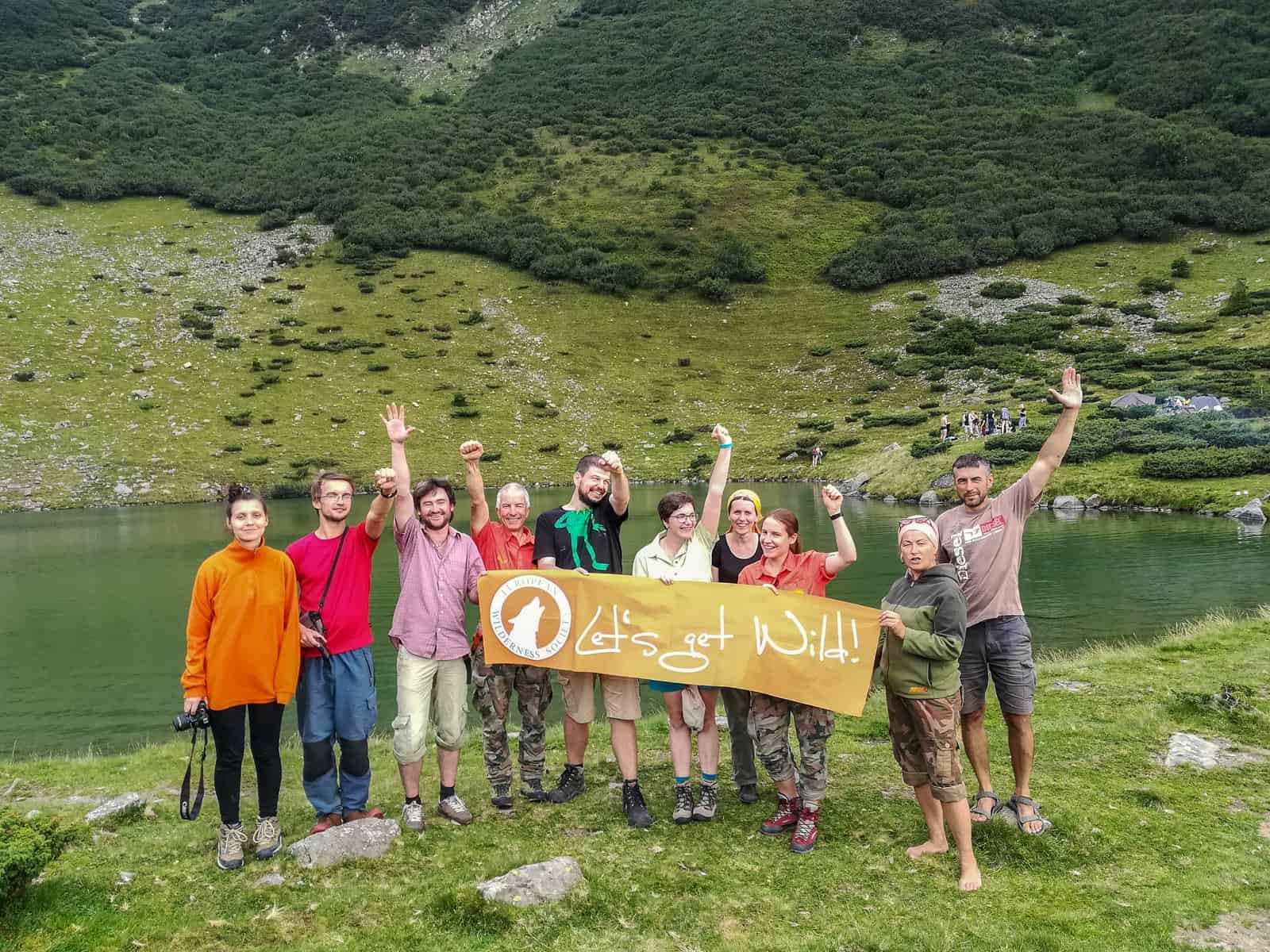Why Wilderness lovers should care about climate report
The Intergovernmental Panel on Climate Change’s (IPCC) newest publication on ‘Mitigation and Climate Change’, highlights a very important message to all of us: It’s still possible to limit average global temperature rise to 2°C! However we have to rapidly reduces emissions and changes its current energy mix.
Please also read: Will the new IPCC report be worth it?
Available science has made it clear that humans are greatly influencing our planet’s climate, and the future looks dire unless we commit to strong actions that will reduce greenhouse gas emissions. This is why the European Wilderness Society has been advocating for a transition to cleaner energy sources like wind and solar.
Accelerating climate change clearly puts Europe’s forest into risk! Europe’s forests are some of the areas of greatest concern when it comes to assessing the impacts of climate change.
Europe’s forests cover around 1 000 million hectares. This is about 30 times the size of Poland. Presently, the proportion of forests in relation to Europe’s total land area is 47%. However the distribution of forest is not well-balanced in our continent. 81% of Europe’s forest area is located in the Russian Federation.
Our forests provide key habitat for wildlife, help to conserve the water we drink, prevent erosion and are also great for outdoor recreation. But they’re being wiped out. Increasing temperatures and changes in precipitation are causing tree mortality at alarming rates across the west, permanently altering ecosystems.
There’s a clear intersection between our forests and our changing climate. Trees absorb heat and help to keep the climate cool. Large forests play a role in the water cycle by creating the right conditions to control rainfall patterns. Forests can also act as a solution to climate change as they remove carbon pollution from the atmosphere.
The disappearance of forests on regional levels is strongly linked to periods of drought that are worsened by climate change. Droughts and forest fires have become more frequent, prolonged and severe especially in the Mediterranean region of Europe. This makes them vulnerable to an expansion of pests such as beetles, borers and pathogenic fungi. Droughts also lead to flash-flooding when rain finally returns to a region, causing run-offs and flash flooding that often impact fresh drinking water sources.
So if we care about forests and Wilderness, we clearly have to care about the IPCC report. Here are six things you need to know about the level of emissions reductions needed to rein in runaway warming:
- Without Explicit Action, We Could See More than 4°C of Warming.
- Limiting Warming to 2°C Is Still Possible.
- Staying Within the Carbon Budget Requires Immediate Action.
- We’ll Need to Phase Out Emissions Entirely in the Long-Term.
- We’ll Need Action from All Regions of the World.
- Shifting to a Low-Emissions Pathway Requires a Large-Scale Transformation.
The description of these 6-point summary is available here!









Hi Peter,
I for example can witness right outside our door the result of climate change. I live in an alpine area where the average temp has so dramatically risen that for the first time in two hundred years birds are not migrating anymore, invasive insects like ticks are coming in numbers and winter for the last 10 years has virtually disappeared. The average temp in December til March has risen every year by 1 degree…we used to have all January -28 degrees… Not so any longer – coldest day this year -7 degrees..
I agree with your assessment that wilderness and nature will adapt, most likely faster than humans. I also agree that there will bee winners and losers.
We from the EWS are starting to rally for Wilderness Integrated Monitoring to see how well wilderness fares under the rapid changing conditions versus semi human influenced areas versus heavily populated areas. This will not answer your question per se but it will show us which flora and fauna can adapt faster. We believe that we should focus our attention on the effects and possible solutions and less on questioning if climate change has become a fact of life.
Let’s join forces and get wild!
Two things are needed here: some references to actual data showing rates of forest change; species loss; potential for carbon sequestration; central European temperature change (and not just in the last 150 years); and extremes of drought, floods and fires – that have already occurred with about 1 degree C of climate change over the past 100 years; secondly, some assessment of the mitigation strategies likely to emerge and their impact on wilderness.
It is my impression that a) climate impacts so far are not causing major changes; b) extreme weather events are cyclic and related to shifts in the jetstream; c) projected changes in fauna and flora show winners as well as losers in equal balance; d) mitigation strategies are right now devastating wild areas – from Lapland to Romania with turbine and hydro schemes, and EU demand for biofuels causes immense impacts in tropical ecosystems. If someone disagrees I would like to see some real world data, not models of what might happen. The current rate of temperature change is about 0.1 degree per decade (and flat over the last decade) – and we have had one degree already in Europe (and I think there is a substantial natural component); so another 100 years brings another one degree – unless unproven model-based feedbacks accelerate the rate, and there is absolutely no sign they are doing that. Please read the body of the IPCC Working Group reports and not the Summaries for Policy Makers!
I agree. The regrowth of EU forests outside of Russia and Scandanavia is vital not only for th emitigation of climate change but also for the other reasons you mentioned.